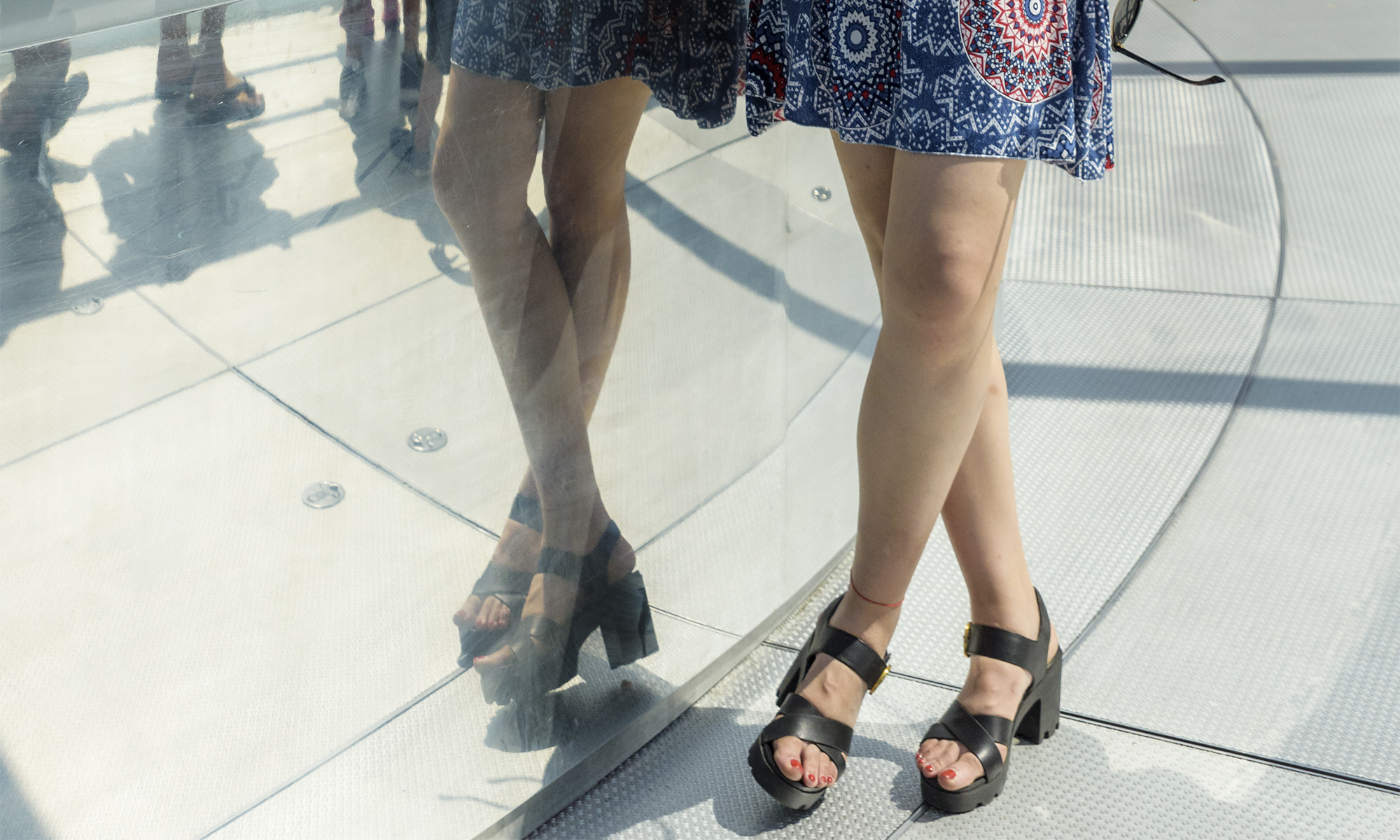To read tutor feedback click here
The conversation with Les about this essay was both long and animated. He was really concerned about one of the elements in the image which I had not mentioned, but really was a ‘punctum’ for him.
It relates to the fact that the model is posed in way that she is pulling her dress up revealing her leg, which is bent. The model is dressed in a what Victorian style dress which makes her look like a young girl rather than an adult woman. which I believe was the photographer’s intention. for Les however, because the girl is posed in this way he said it had sexual connotations which really disturbed him. It did not have these connotations for myself.
What was interesting is that before submitting my essay, I had asked my husband and a male work colleague to look at the image and my essay to gain some feedback, both of them also raised the issue of the raised dress showing the bare leg.
Following the conversation with Les, I asked a female work colleague to read the essay and found that she also did not pick up on this as something that she found uncomfortable.
On further discussion with the two men who had previously read the essay, they reflected that although the model is probably over 18, the way she is dressed makes her appear much younger and seeing her posed in what they saw as sexual pose made them feel very uncomfortable. Therefore, I can only conclude that I did not see this as a problem because I did not see the sexual connotations with the model. As a mother of girls who would stand like that, I suppose I saw it quite innocently.
So the question here really, is did the photographer direct the model to stand in this way because she did understand the reaction a man would have to this pose? Did she deliberately pose her to illicit that reaction in male viewers?
This is something I can’t directly answer, but I am aware that she has used this pose for other images as well.
I also know that in most of her portrait photography teaching, she advocates ‘if it bends, bend it’. Therefore, she may merely feel it was a more flattering pose. The truth is I don’t know.
What I have learned though, is that in a completely constructed image such as this one, one should question every element as to why the photographer has chosen to pose the model in this way

and also that Les’s experience with his own image ‘Alice’ and the subsequent ethical dilemma it left with the publishers and himself have really impacted on the way he now views photos.
This can been seen here, where he took a photo of a young girl dressing up in pink shoes was seen in a totally different light by the commissioners of the photos who saw connotations to child prostitution and exploitation.
Bates says ” these meanings change, according to the frame of thoughts and culture that the viewer brings to the picture” . . .
Les also comments in his feedback; that I should include a ‘punctum’. This I have actually done in my comments about the red light. I think he missed it because his own punctum wasn’t the same as mine.
I think it would be simpler to “say what you see”, then ask what each detail and the whole makes you think of. David Bate’s Key Concepts is good for this
I thought I’d done this so, I guess that’s not how it read, maybe using the PEEL tool, wasn’t quite right for this, my understanding from Les here is that it would be better to first describe the image and then try to link that to the connotations and intentions.
I have now downloaded Key Concepts by David Bates so will see what insight this can give to structuring my writing.
Review of David Bates


